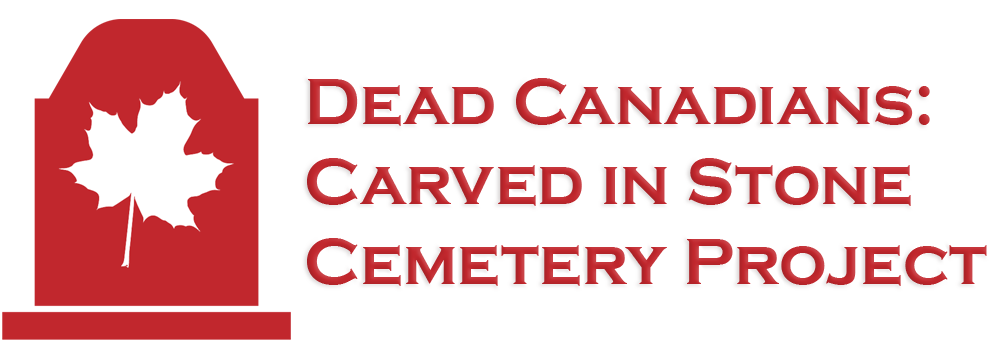Today, after being cooped up for far too many weekends with this nasty cold and lingering cough, I just had to get out and explore in the frigid sunshine! I focused today on three cemeteries in the L’Amoreaux area of Toronto (North York & Scarborough).
Today Dead Canadians explored the three heritage cemeteries in what was L’Amoreaux, a small farming community that straddled the border of York and Scarborough townships. The main hub of activity in L’Amoreaux, which was named after French Huguenot loyalist settler Josue L’Amoreaux who came to the area with his family in 1816, was near the intersection of Victoria Park Avenue and Finch Avenue.
The three cemeteries are Zion Primitive Methodist (Finch, west of Don Mills in North York and not far from the 1869 Zion Schoolhouse), St. Paul’s Anglican L’Amoreaux (SW corner of Warden and Finch, Scarborough) and Christie’s Wesleyan Methodist (also Scarborough, just up from the NW corner of Warden and Finch in the parking lot of Bridlewood Mall).
All three cemeteries are on their original sites, although most of the stones in the “parking lot cemetery” are gathered together into a memorial wall. (The fact that it survived being moved and bulldozed when the mall was built in the 1970s is a testament to the strength of the cemetery trustees, the descendants of those buried there and the Scarborough Historical Society who fought to preserve it in situ.) Of the three, only St. Paul’s is still an active cemetery with a functioning church albeit a modern facility incorporated into a seniors residence. The Zion Primitive Methodist Church, built in 1873, is now a city community event space. And if you ever participate in a school program at the Zion Schoolhouse museum, many of the names in this little cemetery will be hauntingly familiar.




Leave a Reply